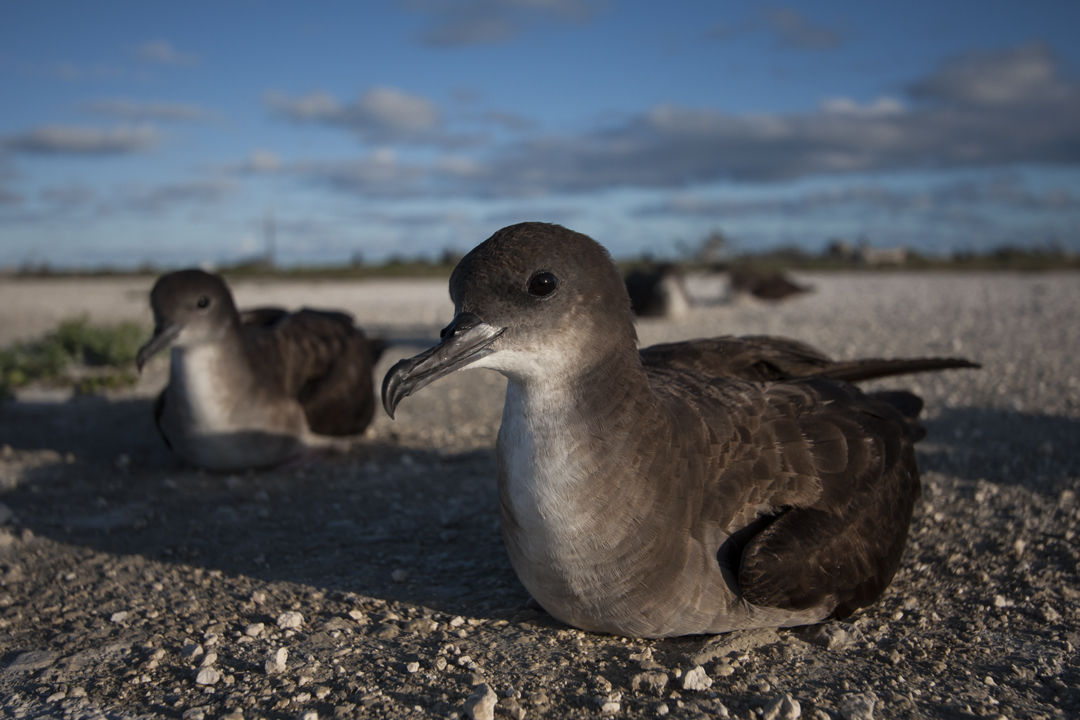Project Goal
After a review of existing seabird monitoring data, the Queensland Parks and Wildlife Service concluded their seabird monitoring protocols needed to be improved in order to meet regulatory requirements. Specifically they determined that they need to 1) carry out multiple surveys per breeding season in each breeding colony (a minimum of 2 independent surveys per season), and 2) conduct surveys at multiple large and small breeding colonies for each target species. Given the scale of the Great Barrier Reef Marine Park (345,400 km², 900+ islands, and 22 seabird species), the Service concluded that they needed to adopt new monitoring technologies to meet these monitoring goals.
Conservation Metrics
CMI helped the Queensland Parks and Wildlife Service design and analyze pilot studies to test the effectivenes of passive acoustic surveys for monitoring seabirds at scale. The primary focus of the studies was to compare data from acoustic and traditional seabird surveys in order to compare estimates of relative abundance for Wedge-tailed Shearwaters (Puffinus pacificus) and Black Noddies (Anous minutus) in the Capricornia Cays, an internationally recognized Important Bird Area (IBA). Continued collaboration has resulted in refined survey methodology, robust statistical analysis methods, and an expanding time-series of acoustic recordings and on-the-ground
survey data for estimating population trends.
Project Stats
90,000 Hours Of Acoustic Data Analyzed
6 Years of Monitoring
